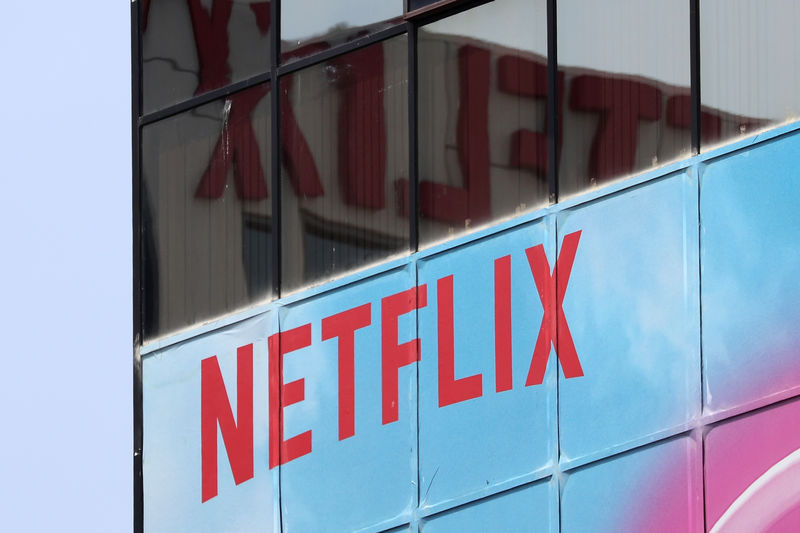This post was originally published on this site
https://i-invdn-com.investing.com/trkd-images/LYNXMPEI870GE_L.jpg
LOS ANGELES (Reuters) – A string of summer blockbusters, from the high-flying “Top Gun: Maverick” to the near-billion-dollar global gross of “Jurassic World: Dominion,” suggest the movie business is rebounding from the devastating COVID-19 pandemic.
But the industry is still far from returning to the box-office-busting days of 2019, before the health crisis shuttered theaters and halted productions around the globe, theater and studio executives said.
Ticket sales in the United States and Canada will likely reach $7 billion this year, a dramatic improvement over the past two years but more than one-third lower than in 2019. Major studios plan to ramp up production in 2023, but it is unclear whether the number of films shown in theaters will reach pre-pandemic levels.
“It’s been a devastating journey,” said Rolando Rodriguez, chief executive of the Wisconsin-based Marcus Theatres, describing the industry’s bumpy recovery. “This summer has put us back on track, on a positive trajectory. We’re going to have a little softness through the fall, then we’re going to come back to an exciting fourth quarter.”
A move by the world’s second-largest cinema operator, Cineworld Group, to file for bankruptcy protection in the United States on Wednesday underscored the financial challenges facing theater owners and the fragile nature of the box office recovery following the pandemic.
Some worry the global popularity of streaming has permanently changed viewing habits, and that more cinemas will go permanently dark. Movie buffs no longer need to leave their homes to watch new releases such as the spy thriller “The Gray Man” on Netflix (NASDAQ:NFLX).
Others point to a break in Hollywood’s movie pipeline.
London-based Cineworld, which owns the Regal Cinemas chain in the United States and runs movie theaters in nine other countries, said the lack of new blockbuster films is keeping moviegoers away, squeezing its cash flow and forcing it to explore its options.
Although some individual films are performing well, studios have sharply cut the number of movies they release. The dry spell will extend until October, when Dwayne Johnson’s “Black Adam” and Jamie Lee Curtis’ “Halloween Ends,” open in theaters.
Audiences are expected to return to theaters over the holidays for two highly anticipated sequels: “Black Panther: Wakanda Forever” in November and “Avatar: The Way of the Water” in December.
Holiday ticket sales should be enough to lift the year’s box office to $7 billion or $7.5 billion in the United States and Canada, Comscore’s senior media analyst Paul Dergarabedian projected.
That’s well shy of 2019’s $11.4 billion tally, although analysts forecast the box office gradually gathering momentum, rising to $10.5 billion next year.
For now, there are 71 wide releases scheduled for 2023, just up from 67 movies planned for this year. The calendar is likely to fill out, studio executives said, but remains a far cry from the 102 titles Hollywood released to theaters in 2019.
Smaller, independent theater chains — especially those stuck in “zombie” malls with few shoppers — may lack the resources to survive the fall’s movie drought, or the changes brought by the pandemic, said studio and theater executives.
“We’ve always claimed that our margins are so thin,” said Ted Mundorff, president of Pacific Theatres Exhibition Corp, which filed for bankruptcy in June 2021. “You lose 30% of the topline, of the total box office, you’re going to have some breaking points.”
Former Disney Chief Executive Bob Iger, in remarks at the CODE conference in Beverly Hills on Wednesday, said the pandemic had left a “permanent scar” on the movie business. “It won’t go away, but it doesn’t come back to where it was,” he predicted.

